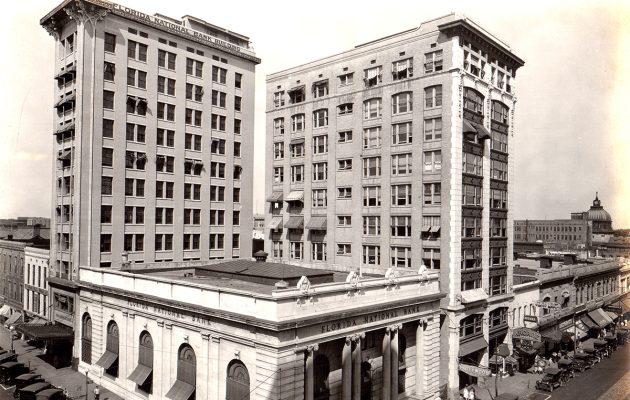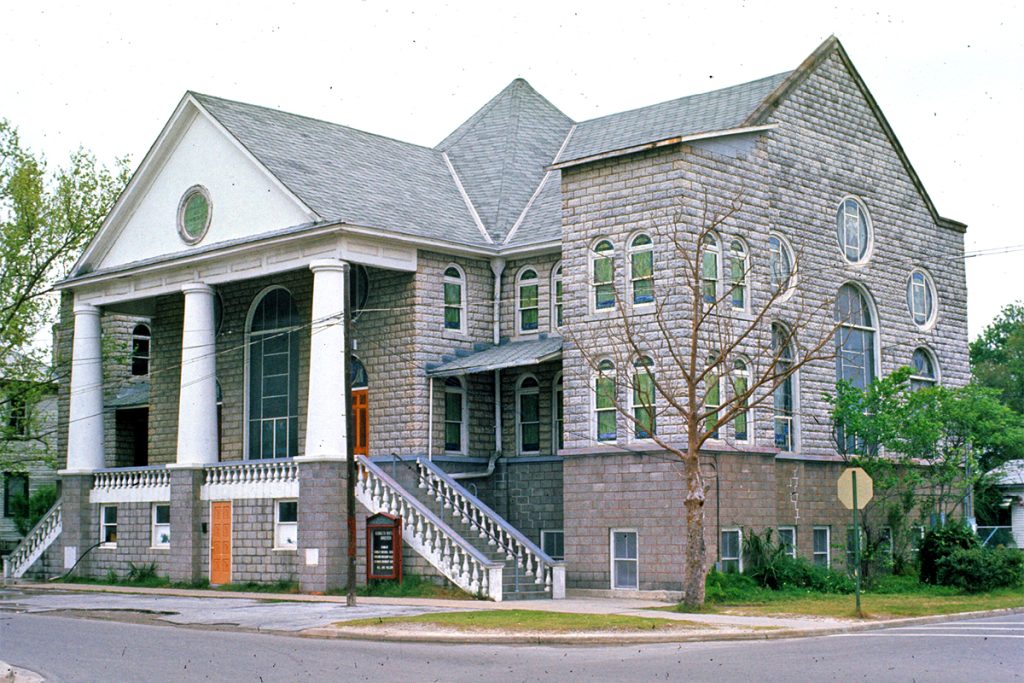Historical society shares annual Endangered Properties list

The Jacksonville Historical Society (JHS) has released its annual list of endangered buildings.
The list, “Jacksonville’s Endangered Historic Properties 2023,” is an annual compilation of historic sites and properties currently facing the threat of demolition. This year’s list features more than 20 properties, including religious structures, dwellings, public buildings, businesses and schools, as well as a special category of historic and architecturally significant Duval County Public School buildings currently slated for demolition.
“Historic sites and properties matter to Jacksonville’s people,” said JHS CEO Dr. Alan Bliss. “When historic buildings, such as the 99-year-old Ford Motor Assembly Plant building, are demolished, we erase another part of the culture, history and life stories that form our Jacksonville. Historic places lend authenticity to their surroundings, making us all more invested as citizens. In addition, data proves that historic preservation adds value by strengthening economic development. Recognizing this, the Jacksonville Historical Society advocates for preservation through its annual Endangered Historic Properties list.”
Featured on the list are many familiar historical buildings in Jacksonville’s urban core, including the Laura Street Trio at the corner of Laura and Forsyth streets. These three buildings — the Florida Life Building, the Bisbee Building and the Old Florida National Bank (also known as the Marble Bank) — date back to the early 1900s in the first years following the Great Fire of 1901.
“As a city, we cannot let these buildings remain the way they are because they’re vacant and certainly a detriment to trying to achieve downtown redevelopment, and yet, they’re too historically and architecturally significant to tear them down,” said Jacksonville historian Dr. Wayne Wood.
While there is currently a developer interested in restoring and reviving these historic buildings, Wood added the trio will remain on the endangered buildings list until construction work actually begins.
“The fact is that the economy and [cost of] construction has risen so great that there’s still not a certainty that these buildings will be saved,” he said.

Mount Olive A.M.E. Church on Franklin Street was built in 1922 and was designed by Jacksonville’s first Black architect, Richard L. Brown, after A.L. Lewis, the church’s building committee chairman, selected his plans for a new building to replace the congregation’s original one, which dated back to 1887. JHS noted in the list that “a declining congregation, infrastructure issues and developer encroachment are threats to the future viability of this historic old church.”
Additional religious buildings on the list include Laura Street’s Snyder Memorial Methodist Church, built in 1902-03, and Mount Cavalry Baptist Church on Spruce Street, built in 1949.
Not all historic buildings are in danger of demolition, though, as adaptive reuse and renovations are underway for several historic and architecturally significant buildings throughout the city.
In April, The Resident reported on plans to convert the historic Independent Life Building, built in 1955, into a mixed-use development featuring commercial tenants, residential units, dining options and a grocery store. Work on the building continues. Since then, several permits have been filed with the city for plumbing work on several of the building’s higher floors.
The article reported that the developer on this project is Augustine Development Group; the contractor on this project is DFI General Contractors LLC. Its total cost is estimated at $23.3 million.
Wood also cited the transformation of the former Florida Baptist Convention Building. Designed by famed architect Henry J. Klutho and constructed in 1924, the building “was in deplorable shape and was in danger of almost collapsing,” he said. The building, according to the Downtown Jacksonville website, was abandoned for more than 40 years and is now transformed into a mixed-use facility comprised of two future mercantile suites, future restaurant spaces, and 24 studio and 1-bedroom apartments
“Every old building should not be saved just because it’s old, but those buildings that are of architectural and historic significance deserve to be part of our city’s effort to preserve our heritage,” Wood said.
By Michele Leivas
Resident Community News








